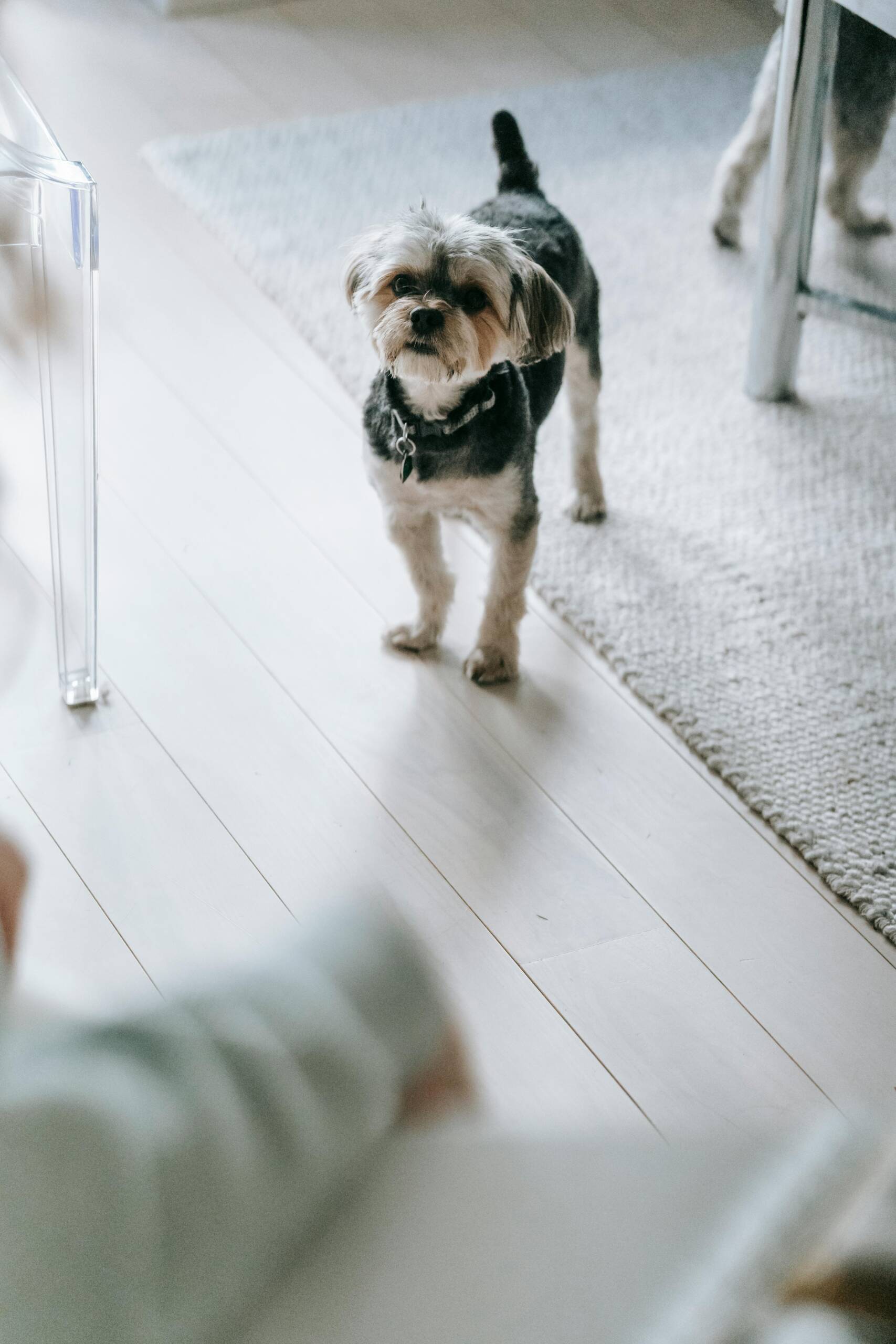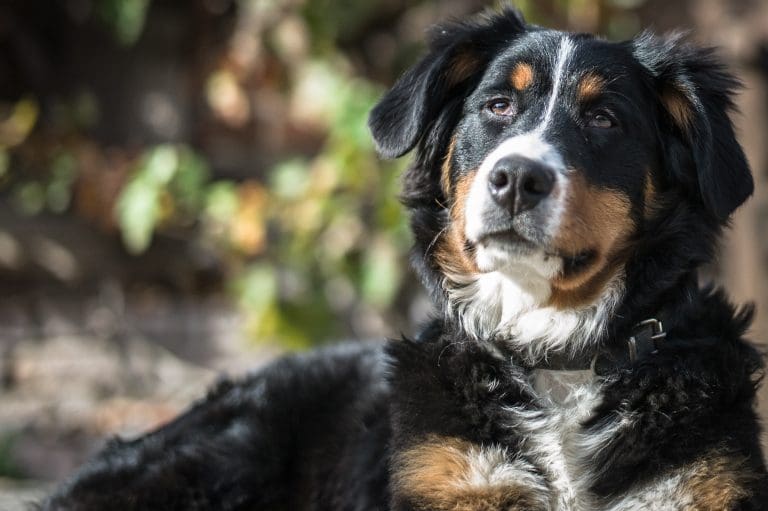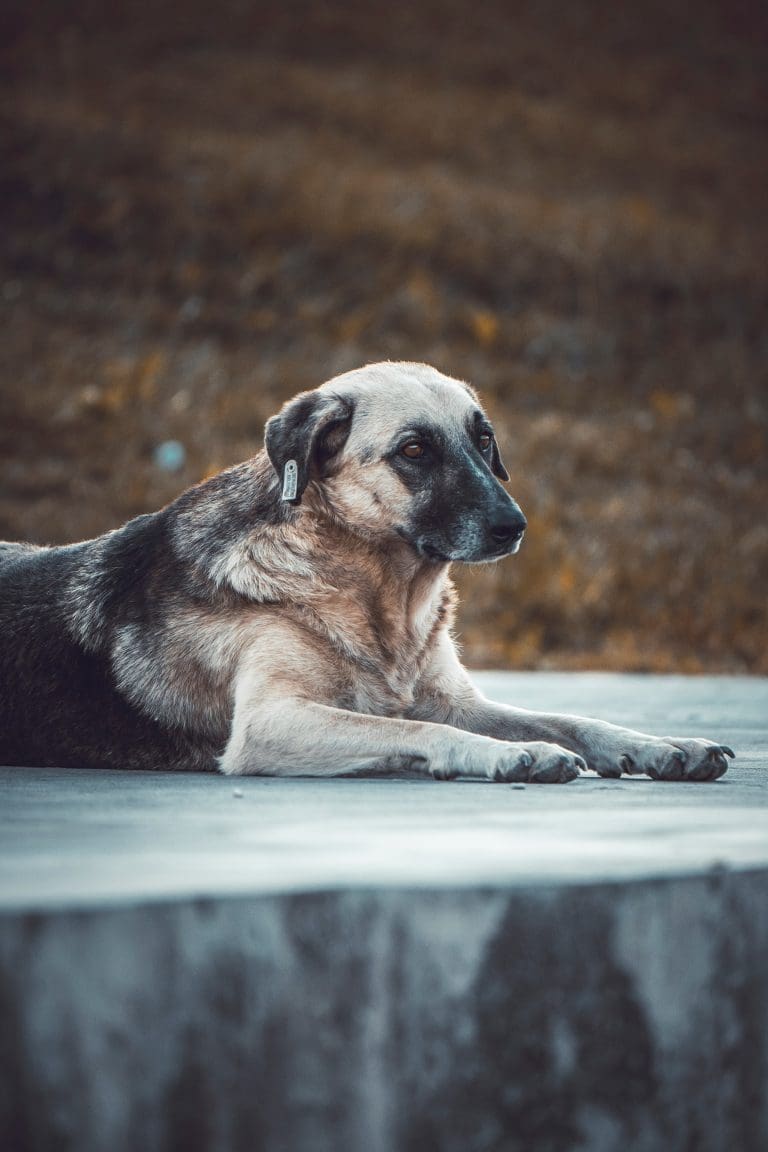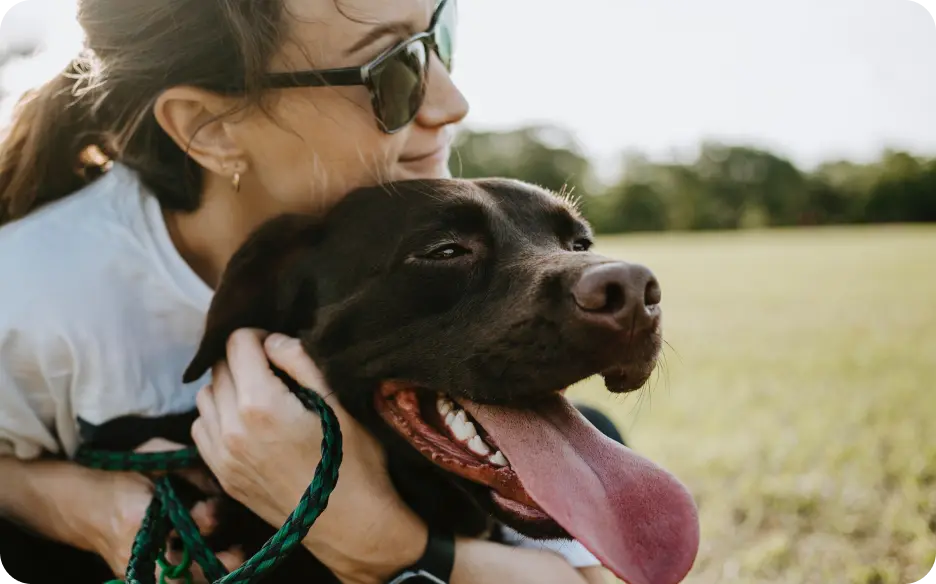Why Does Dog Bite Only One Person In Family?
Post Date:
December 10, 2024
(Date Last Modified: December 10, 2024)
When a dog bites, it can be a shocking and distressing experience for everyone involved. This behavior raises many questions, particularly when the bite occurs with only one person in the household. Understanding the reasons behind this behavior can help families navigate the complexities of canine interactions and create a safer environment for everyone.
Fear as a Driving Force
One of the most common reasons a dog may bite a specific person is fear. If a dog has had a negative experience with that individual, even unintentionally, it can leave a lasting impression. For instance, if a child accidentally hurt the dog while playing, the dog might associate that person with pain or discomfort. This fear can manifest in various ways, including growling, snapping, or biting when that person approaches. The dog may not show aggression toward others in the family because they lack that particular negative association.
Temperament and Individual Differences
Just like humans, dogs have unique personalities that influence their reactions. Some dogs are more sensitive and may respond differently to various family members. If one person is more boisterous or unpredictable in their movements, the dog might feel threatened and resort to biting as a defense mechanism. Conversely, a quieter family member may pose no threat, allowing the dog to feel comfortable around them.
Household Dynamics and Their Impact
The dynamics within a household can play a significant role in a dog’s behavior. Dogs are keen observers of human behavior and can sense tension or conflict. If the relationship between the person who gets bitten and the rest of the family is strained, the dog might feel the need to protect itself or its territory. This protective instinct can sometimes lead to aggression if the dog perceives that individual as a threat.
Training and Socialization Factors
Training and socialization are crucial aspects of a dog’s upbringing that influence behavior. A dog not adequately socialized may struggle to interact appropriately with certain individuals. If a dog has only had positive experiences with a limited number of people during its formative months, it might be wary of or aggressive toward others. This lack of exposure can lead to biting incidents when encounters with unfamiliar or less familiar individuals occur.
Recognizing Triggers for Aggression
In some cases, a dog may have specific triggers that elicit aggressive responses. These triggers could relate to actions or behaviors exhibited by one family member. For instance, if one person tends to approach the dog too quickly or invades its personal space, the dog may respond with a bite to assert its boundaries. Identifying these triggers is essential for modifying the dog’s behavior and preventing future incidents.
The Impact of Treatment and Health
The treatment a dog receives from different family members can also impact its behavior. If one person is consistently harsh or uses punishment to correct behavior, the dog may develop a fear of that individual. Positive reinforcement methods are generally more effective in building trust and fostering a positive relationship. If the dog associates one family member with negative experiences, it may react defensively when that person is nearby.
Moreover, a dog’s health can significantly influence its temperament. Pain or discomfort can lead to irritability and aggression. If a dog is in pain due to an injury or medical condition, it may react more negatively to certain individuals, especially if they inadvertently touch a sensitive area. A visit to the veterinarian can help rule out any underlying health issues contributing to the dog’s behavior.
Immediate Measures Post-Incident
When a dog bites a family member, taking immediate action to ensure safety and prevent further incidents is crucial. The person bitten should seek medical attention, particularly if the bite breaks the skin. After addressing any physical injuries, assessing what led to the bite is vital. Consulting with a professional dog trainer or behaviorist can provide insights into the specific dynamics at play.
Rehabilitation and Family Involvement
Rehabilitation may be necessary, especially if the behavior stems from fear or anxiety. This process often includes desensitization and counter-conditioning techniques, helping the dog learn to feel more comfortable around the individual it has bitten. It requires time, patience, and consistent effort, but many dogs can learn to modify their behavior with the right approach.
Involving the whole family in training and rehabilitation is essential. Everyone should understand the importance of consistent interactions with the dog and be aware of the triggers that may lead to aggressive behavior. Establishing clear boundaries and ensuring the dog feels safe and secure in its environment can significantly improve the situation.
Fostering Healthy Relationships
Open communication within the family is critical. Discussing feelings and experiences related to the dog can help identify patterns contributing to the behavior. A supportive atmosphere allows everyone to share concerns and observations comfortably.
Building a strong bond between the dog and all family members is fundamental to preventing future incidents. This can be achieved through positive reinforcement training, regular playtime, and shared activities that promote trust and understanding. Encouraging calm and gentle interactions while rewarding positive behavior can help the dog learn that all family members are safe and loving.
Understanding why a dog bites only one person in the family requires a comprehensive look at the dog’s past experiences, temperament, and household dynamics. This complex issue demands empathy and a willingness to work together as a family to improve the situation. Recognizing the underlying causes and taking proactive steps can create a safer and more harmonious environment for both the dog and its human companions. By fostering a safe and loving home, families can ensure their canine companions become well-adjusted members of the household, capable of forming healthy relationships with everyone.






